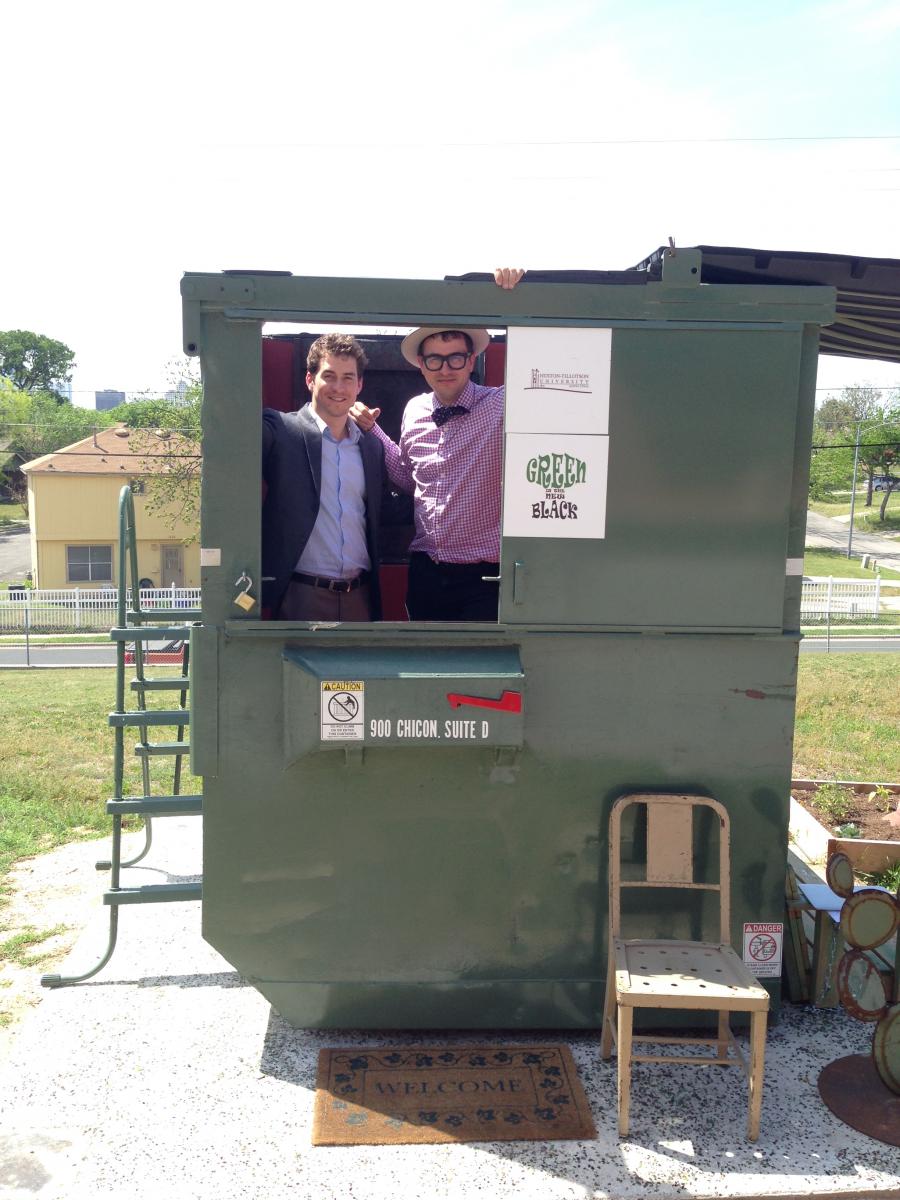EDF Climate Corps fellow | August 20, 2014
By: Andy Ferris, student of the University of Texas at Austin McCombs School of Business
Distributed generation solar has been a growing trend around the country. Home owners, large commercial entities and other facilities all have looked to their rooftops to cash in on a previously underutilized asset. My EDF Climate Corps fellowship at Huston Tillotson University focused on evaluating opportunities for solar power on a 23 acre, private, tax-exempt HBCU (Historically Black College or University) campus in Austin, TX. Huston-Tillotson has a target of 50 percent carbon emissions reduction by 2030 and hopes to become one of the most sustainable HBCUs in the country. My analysis calculated that completing the recommended solar installation would increase the portion of their energy from renewable sources to 14 percent; a level high enough to place them first in the country among private HBCUs.
Challenges Facing Small Organizations

With an abundance of sun and a highly competitive solar industry, making solar photovoltaic (PV) installations work in Texas should be a no-brainer. Unfortunately, a less-than encouraging regulatory environment can complicate solar installations for commercial scale projects. In Austin, a production based incentive has been rapidly reduced from $0.14/kWh to $0.09/kWh in just the last three months. This trend along with a policy that eliminates net-metering for installations over 20 kW capacity has made it challenging for small organizations looking to add PV panels to their facilities.
The Bright Side to Solar in Texas
However, commercial scale installations have continued throughout Texas. Here in Austin, Whole Foods, Office Depot, HEB and other commercial entities have successfully completed solar projects, and many have plans to expand those installations. Additionally, other non-taxpaying organizations like Goodwill, St. David’s Episcopal and Pflugerville Independent School District have continued the growth of mid-sized PV projects without the direct benefit of installation tax credits. They indirectly take advantage of the federal incentives by implementing a capital lease finance structure. For non-profit organizations without easy access to abundant capital, this is a good sign of financial viability for their solar designs.
Options to Maximize Returns on Solar
Solar installers throughout Texas have become very familiar with capital lease structures, as they have become the preferred financing structure for many commercial scale installations. With the increased competition among PV installers, small organizations have been able to get creative in ways to maximize returns while lowering long term risk. Here are a few examples:
- Agreements now often include buy-out options for institutions to purchase the solar equipment for 20 percent of the original value in year 10 and maximize their returns over the remaining 20+ year expected life of the installation.
- Long-term maintenance agreements are now standard practice for installers, helping to protect institutions from the risk of high repair or replacement costs.
- Finally, with the advancement of cloud technology, solar companies now all have real-time performance monitoring software allowing organizations to count on a consistent level of output from their systems.
These examples are just a few market trends making commercial scale solar affordable and accessible for small organizations. By taking advantage of these opportunities, Huston-Tillotson can take a big step toward their achieving their carbon emissions goals and becoming a leader among HBCUs in the fight against climate change.
About EDF Climate Corps
EDF Climate Corps (edfclimatecorps.org) taps the talents of tomorrow’s leaders to save energy, money and the environment by placing specially trained EDF fellows in companies, cities and universities as dedicated energy problem solvers. Working with hundreds of leading organizations, EDF Climate Corps has uncovered nearly $1.3 billion in energy savings. For more information, visit edfclimatecorps.org. Read our blog at edfclimatecorps.org/blog. Follow us on Twitter at twitter.com/edfbiz and on Facebook at facebook.com/EDFClimateCorps.